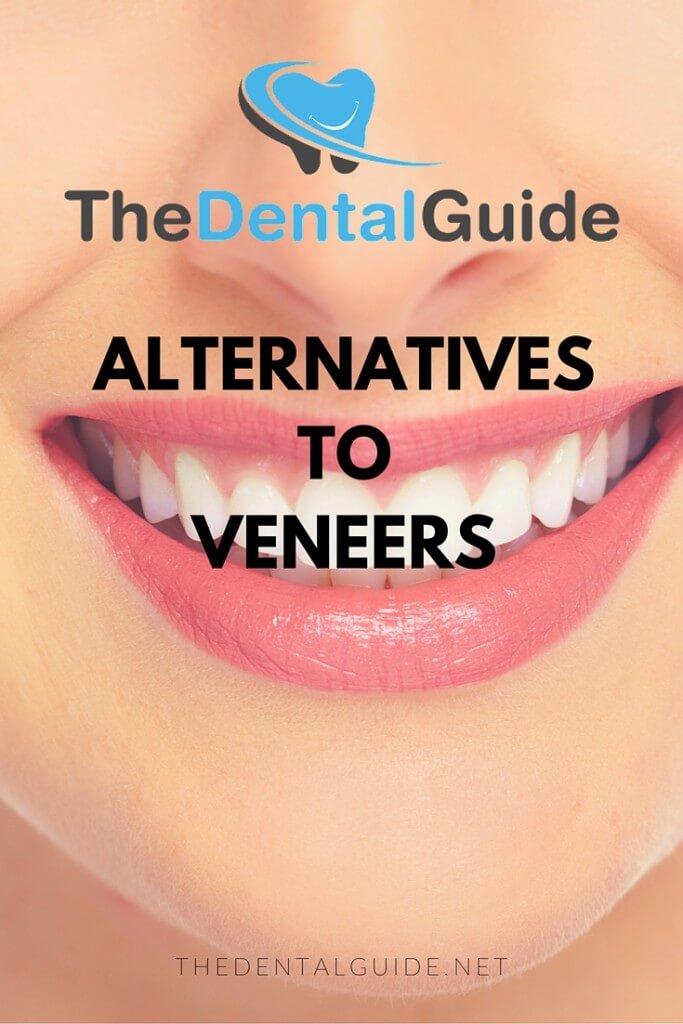Veneers are a hugely transformative cosmetic dental procedure which come with several pros and cons. While they look fantastic, some people can be hesitant to commit to them as there’s no real way of going back once you have them fitted. There are a few alternatives to veneers which, although not a direct replacement, can help improve the colour and shape of a patient’s teeth.
Teeth Whitening
If the main issue with a patient’s teeth is the colour, teeth whitening may be a more affordable alternative. Teeth whitening treatments can be performed in a dentist’s office or with one of the various at-home whitening kits which are available.
While whitening can be an effective way of improving the colour of your teeth, it won’t do anything to improve the shape or the alignment. Many people are often disappointed with the outcome of whitening treatments, and they will generally need to be reapplied on a fairly regular basis to maintain the results.
One option is to combine veneers on some teeth with regular whitening on natural teeth. Veneers cannot be whitened, so regular bleaching of the natural teeth is required to keep the smile bright and the colours of the veneers and teeth matching.
Microabrasion
Another alternative to whitening is microabrasion, which involves the removal of minor stains and blemishes on the enamel of the tooth. A combination of hydrochloric acid and abrasive polishing is used to remove the offending part of the tooth enamel.
The results are permanent, so regular maintenance (outside of good dental hygiene) is not required like it is with whitening. The downside is that it’s often hard to determine how deep in the enamel the blemishes are, so it’s not always possible to remove the stain entirely.
As with whitening, this will not improve the shape or the alignment of your teeth in the way veneers would.
Orthodontic Treatments
If the main issue with your teeth is the alignment, orthodontic treatments like braces or Invisalign might be a suitable treatment. To be used as a viable alternative to veneers, the patient must have well-shaped teeth with a good colour, although the treatment can be combined with whitening/microabrasion and tooth contouring if only minor improvements are required.
The benefits are that you are maintaining your own natural, healthy teeth and the results of the treatment are permanent. The treatment can take a significant period of time to complete, often upwards of 6 months, which can put some people off.
In terms of cost, orthodontic treatment will be largely similar to having veneers fitted to the front teeth.
Tooth Recontouring
If the alignment and colour of the teeth is not an issue, tooth recontouring can be used to give the teeth a more aesthetically pleasing shape. This treatment will typically involve rounding out the corners of teeth, trimming away prominent areas and generally improving the shape and texture of the tooth.
The procedure is fairly quick and straightforward, and the results are permanent. The downside is that there can be a limit to how much the dentist is able to achieve, and it may need to be combined with other treatments if you have alignment or discolouration issues.
Dental Bonding
If there are issues with chipped or cracked teeth, or even with some minor staining, then dental bonding can be an affordable alternative to veneers. The benefits of bonding are that only the problematic areas of the teeth are treated, and the treatment itself is fast and relatively inexpensive.
Bonding doesn’t tend to last as long as veneers, however, the nature of the treatment means it can be patched up fairly easily if there are any issues in the future. The results aren’t anywhere near as transformative as porcelain veneers, but as a cheaper alternative it can be useful for fixing several dental issues.
There are a number of potential alternatives to porcelain veneers available, each targeted at a particular dental issue. While no one treatment is a direct replacement, the combination of several treatments can be used to similar effect.
